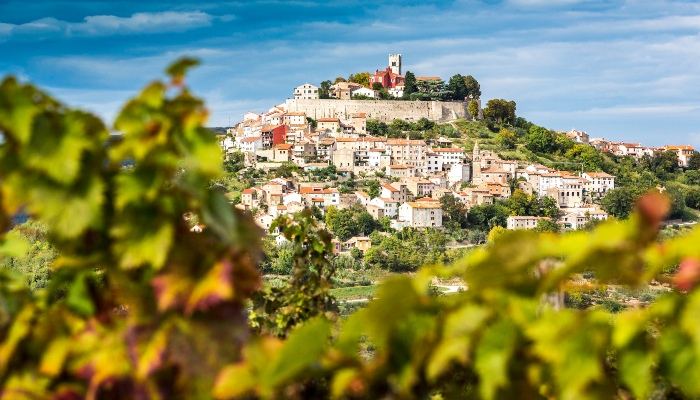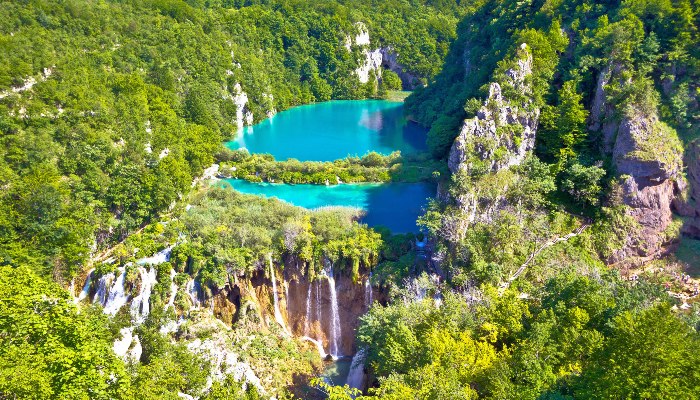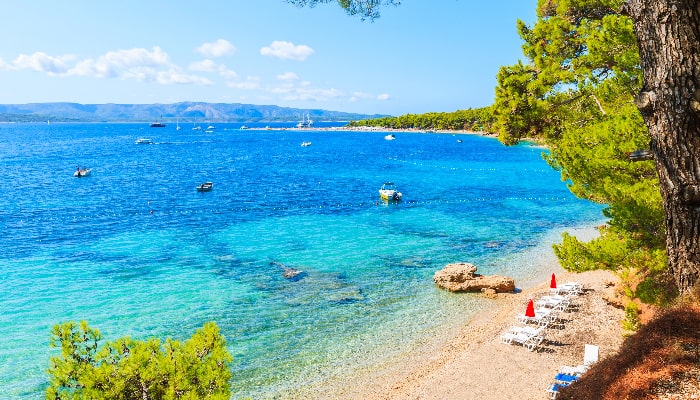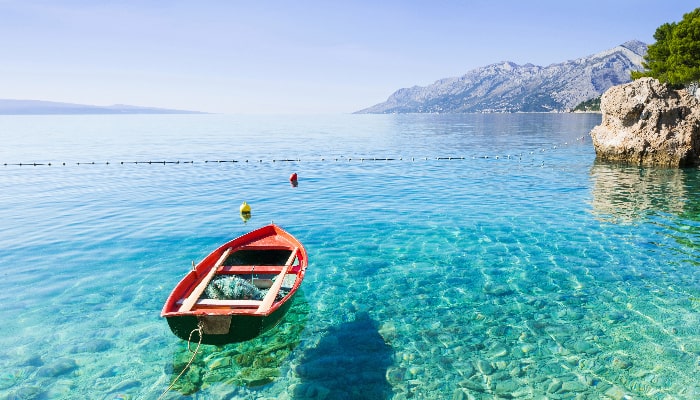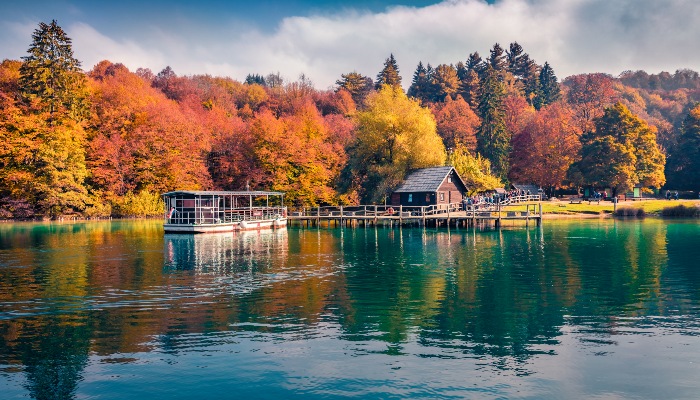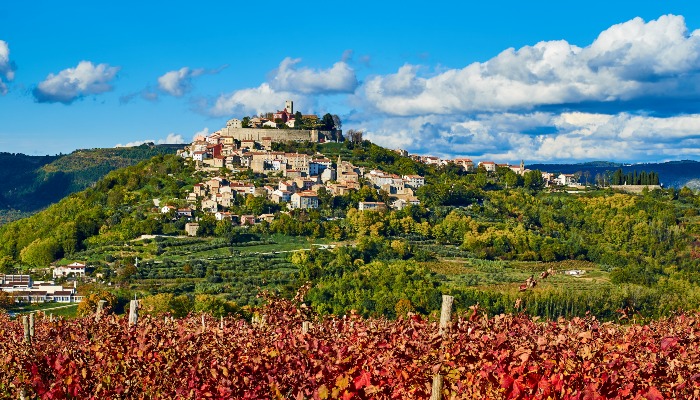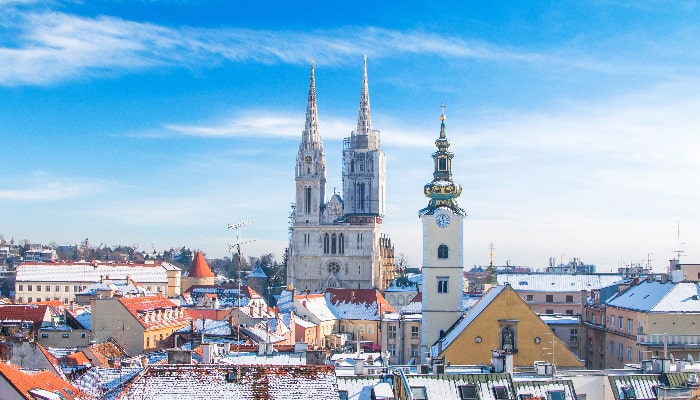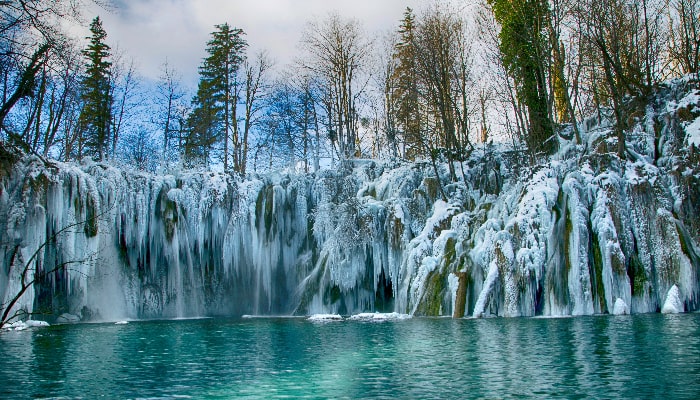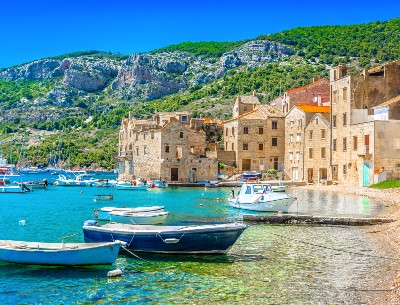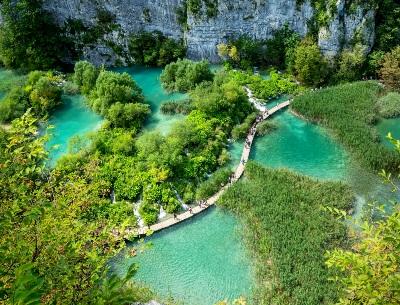Travel to Croatia has become increasingly popular, landing on many bucket-lists with images featuring everything from Plitvice Lakes National Park to the walled Old City of Dubrovnik drawing visitors across the globe. Having been featured in the hit series ‘Game of Thrones’ among other TV shows and films, more than a few fans come to experience in real life what they’ve only seen on screen, discovering that it’s even more impressive.
The question isn’t whether to go, it’s when, especially for the most optimal experience as you travel the breath-taking Adriatic coast and explore the many island gems. Croatia’s climate, like most destinations in the northern hemisphere, means warm, dry summers, and cool winters. You can expect a typical Mediterranean climate in the coastal cities like Dubrovnik, Split, and Zadar, as well as in the islands with especially pleasant weather from around mid-April through early October. The best time of year to go to Croatia depends on your itinerary. Get in touch with one of our Croatia experts to help plan your trip accordingly.





